Sump Pump Maintenance: How To Do It Right
Sump Pump Maintenance: How To Do It Right A sump pump i [...]
Sump Pump Maintenance: How To Do It Right
A sump pump is a critical component of any home’s waterproofing system, helping to prevent water damage and flooding in basements, crawl spaces, and other areas prone to excess moisture. However, like any mechanical system, a sump pump requires regular maintenance to ensure it continues to function properly. In this article, we will explore the importance of sump pump maintenance, as well as the steps you can take to keep your sump pump running smoothly.
Why Sump Pump Maintenance is Important
Sump pumps are designed to work automatically, turning on and off as needed to keep water levels in the sump pit at a safe level. However, if a sump pump fails or malfunctions, it can lead to water damage, flooding, and even structural damage to your home.
Maintaining your sump pump is the best way to ensure it continues to function properly, reducing the risk of costly water damage and repairs. Regular maintenance can also extend the life of your sump pump, saving you money on replacement costs in the long run.
How to Maintain Your Sump Pump
Here are the steps you can take to keep your sump pump in good working order:
1. Test Your Sump Pump Regularly
One of the most important steps in sump pump maintenance is to test your pump regularly. This will help you identify any issues before they become major problems, giving you time to make any necessary repairs or replacements.
To test your sump pump, simply pour a bucket of water into the sump pit. The pump should turn on automatically and begin pumping out the water. If the pump fails to turn on or does not pump out the water effectively, it may be time for a repair or replacement.
2. Clean the Sump Pit
The sump pit can accumulate dirt, debris, and sediment over time, which can clog the pump and reduce its effectiveness. To keep your sump pump running smoothly, you should clean the sump pit at least once a year.
To clean the sump pit, first unplug the pump and remove it from the pit. Use a shop vac or other suction device to remove any debris from the pit, then wash it out with a hose. Once the pit is clean, replace the pump and plug it back in.
3. Check the Float Switch
The float switch is responsible for turning the pump on and off as water levels in the sump pit rise and fall. If the float switch becomes stuck or malfunctions, it can cause the pump to fail or operate inefficiently.
To check the float switch, simply lift it up and down to make sure it moves freely. If the switch is stuck or difficult to move, it may need to be cleaned or replaced.
4. Inspect the Discharge Line
The discharge line carries water from the sump pump to the exterior of your home. Over time, the line can become clogged or damaged, reducing the effectiveness of your sump pump.
To inspect the discharge line, first unplug the pump and remove it from the pit. Follow the discharge line to the exterior of your home, looking for any signs of damage or blockages. If the line is clogged or damaged, it may need to be cleaned or replaced to ensure your sump pump can effectively remove water from your home.
5. Install a Backup System
Even with regular maintenance, sump pumps can still fail due to power outages, mechanical problems, or other issues. That’s why it’s important to have a backup system in place to protect your home from flooding and water damage.
There are several types of backup systems available, including battery-powered pumps, water-powered pumps, and generator-powered pumps. These systems can help keep your home dry and protected even if your primary sump pump fails.
Conclusion
Maintaining your sump pump is an essential part of home maintenance, helping to protect your home from water damage and flooding. By following these simple steps, you can ensure your sump pump continues to function properly and effectively for years to come.
Remember to test your sump pump regularly, clean the sump pit, check the float switch, inspect the discharge line, and install a backup system to protect your home in case of a failure. With these simple steps, you can rest easy knowing your home is protected from the dangers of excess moisture and water damage.

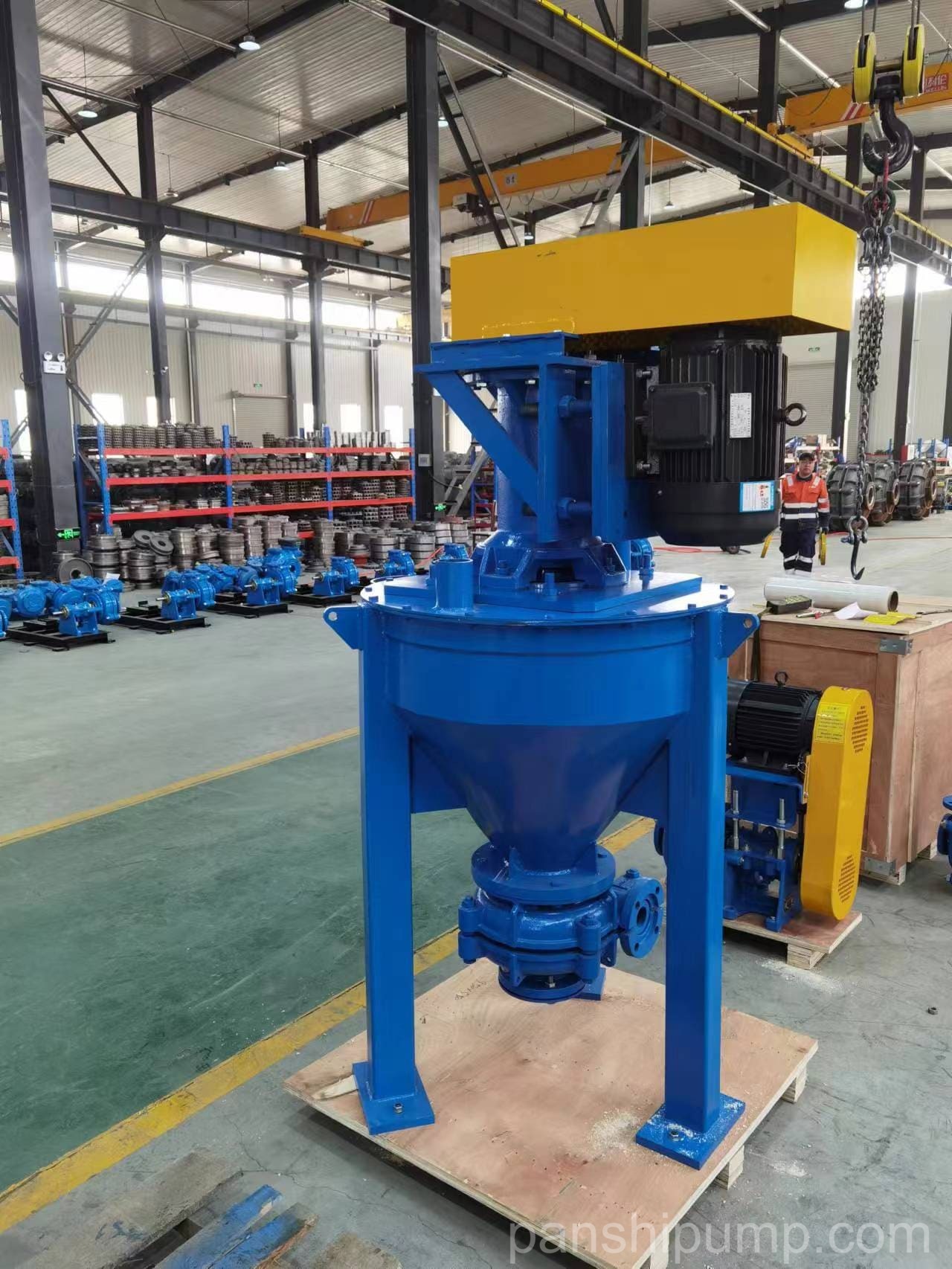
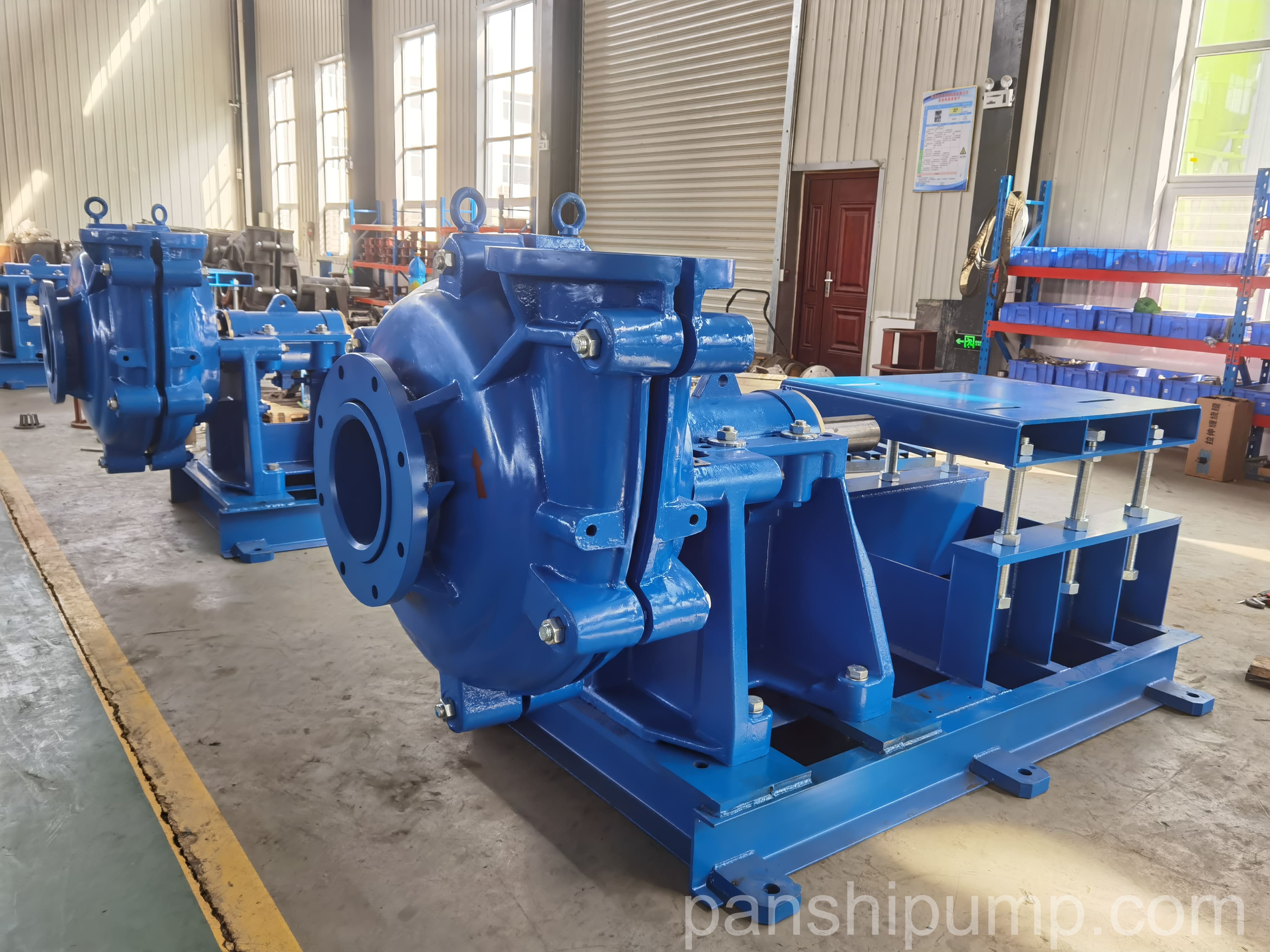
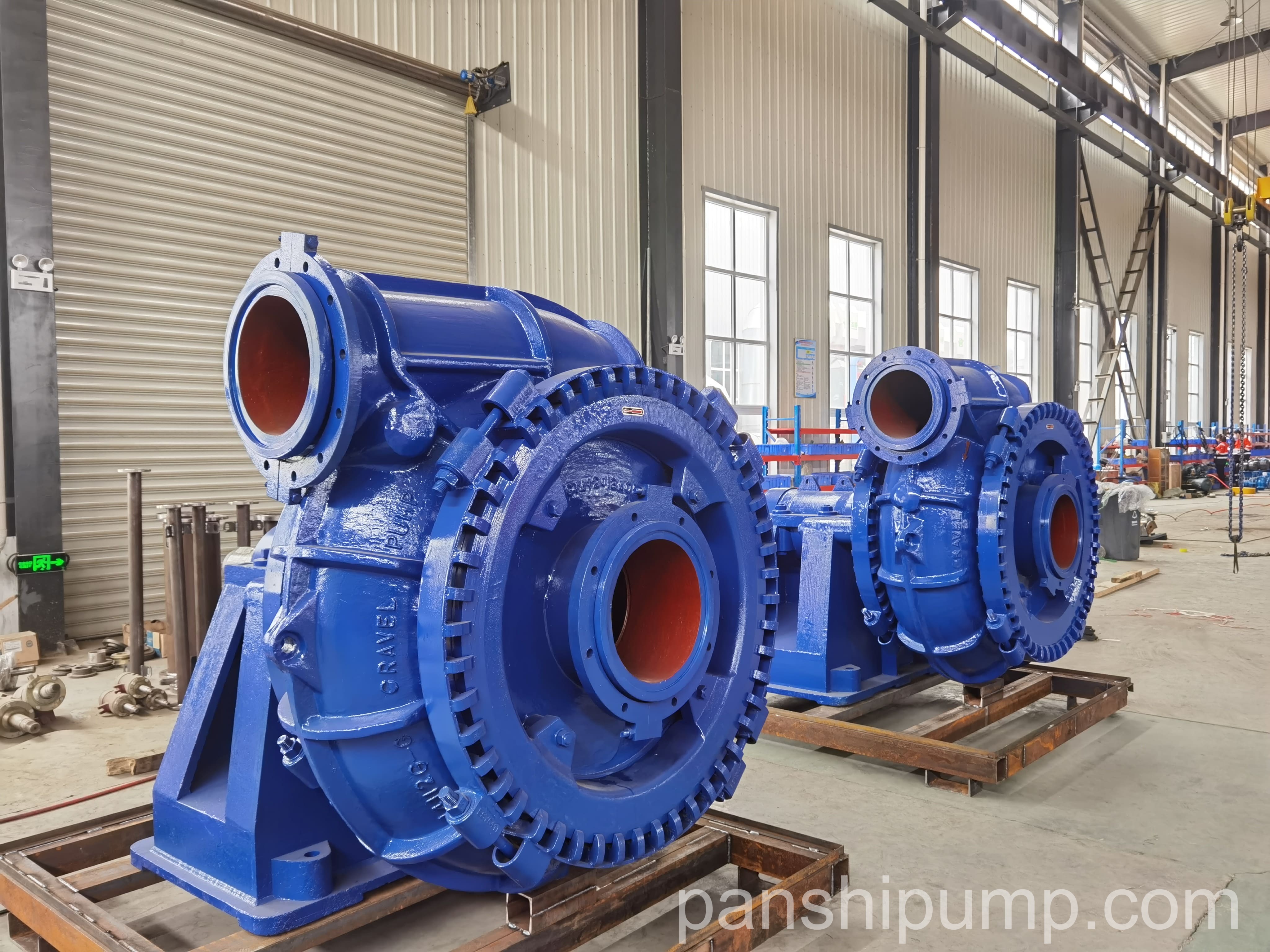
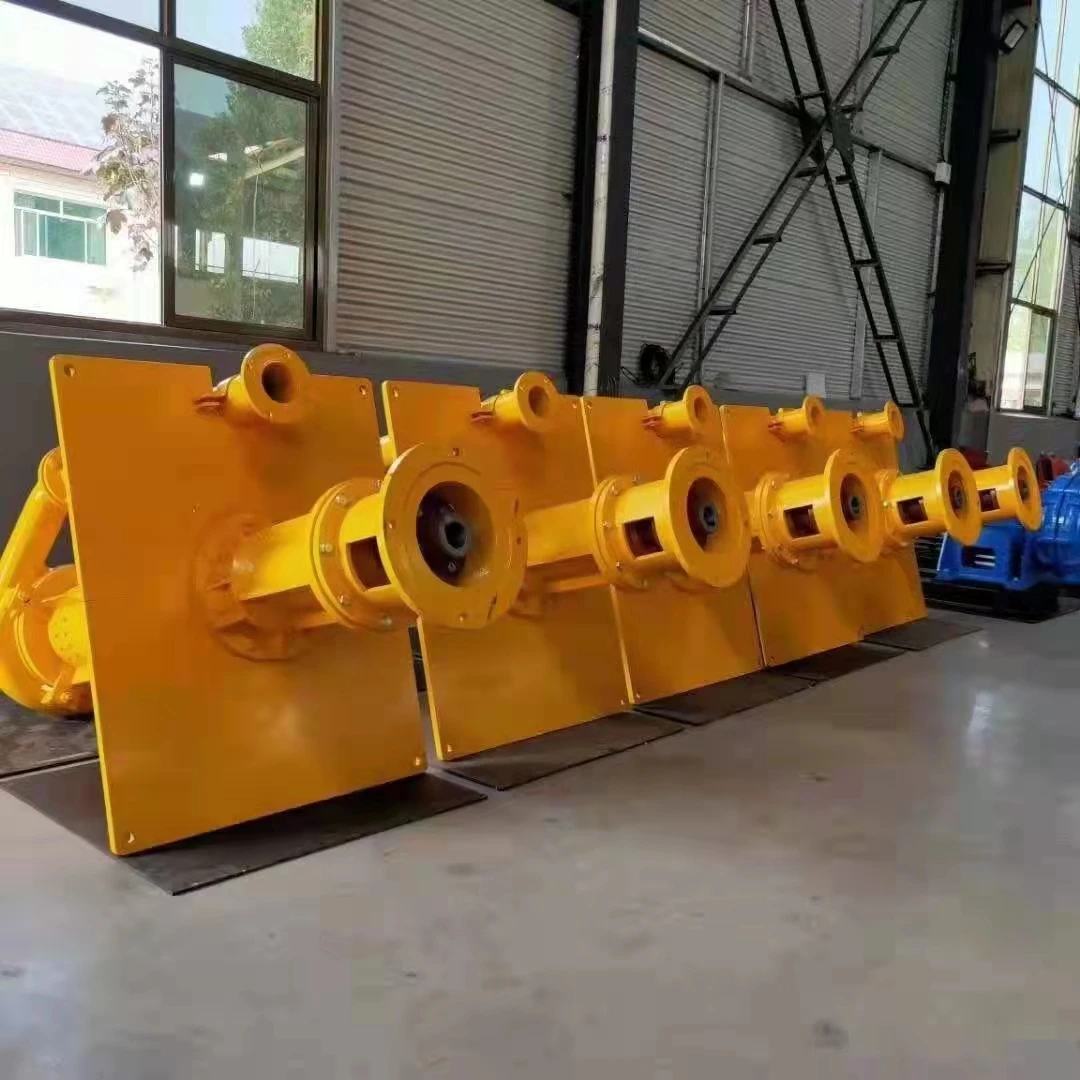
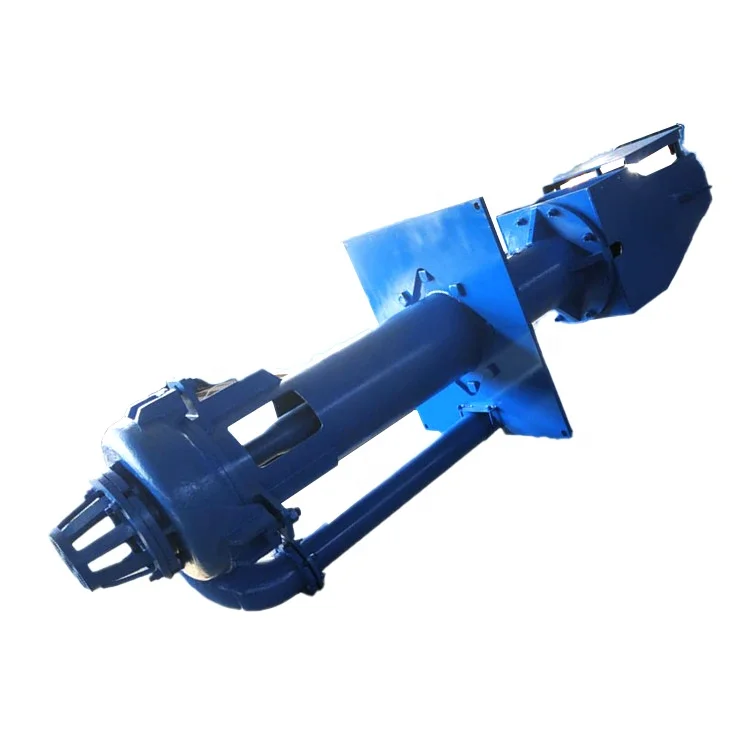
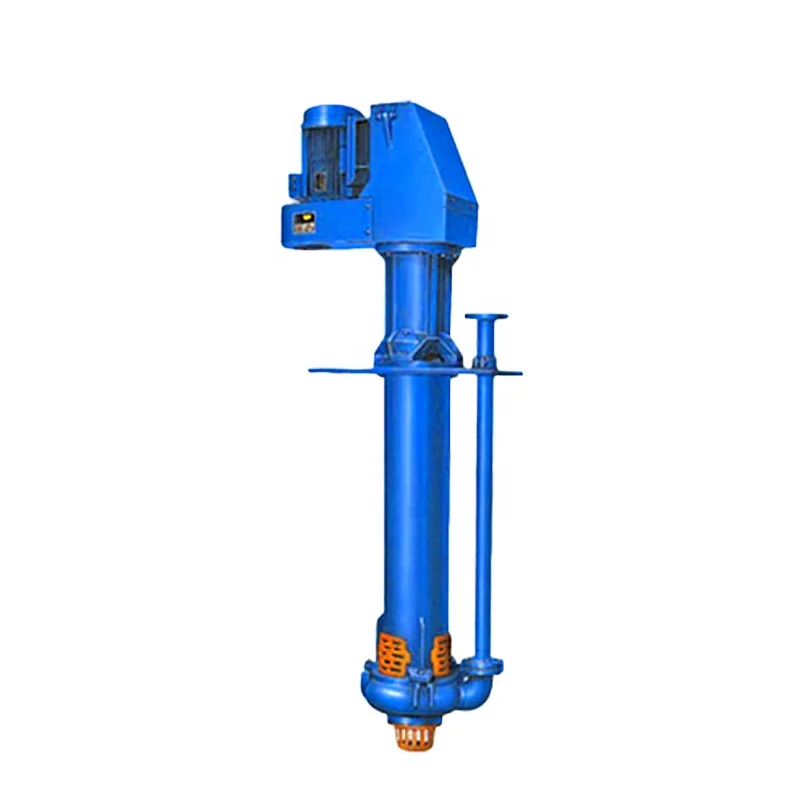
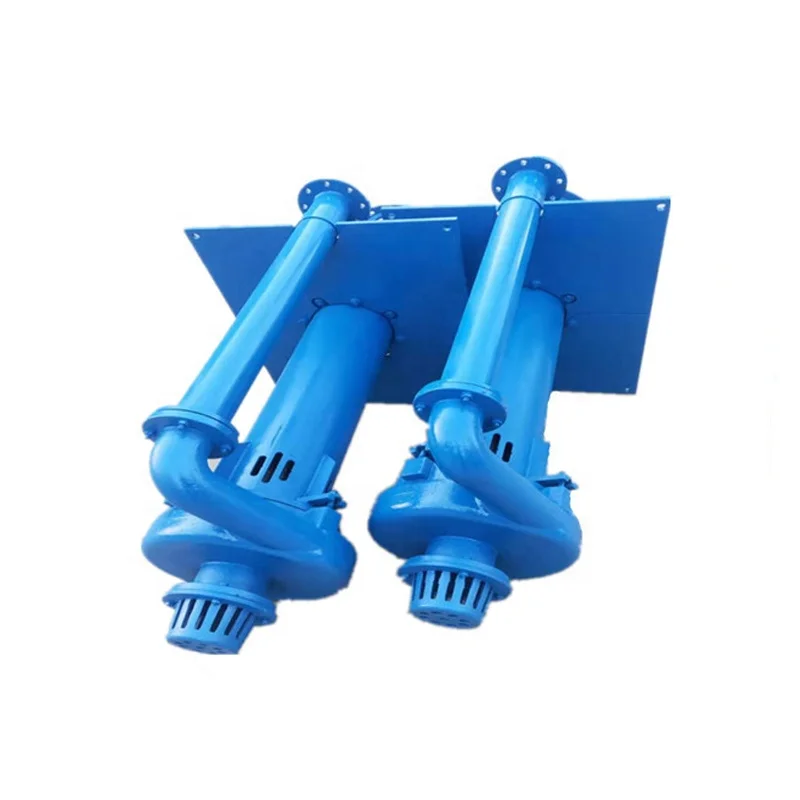




Please login to write a comment after